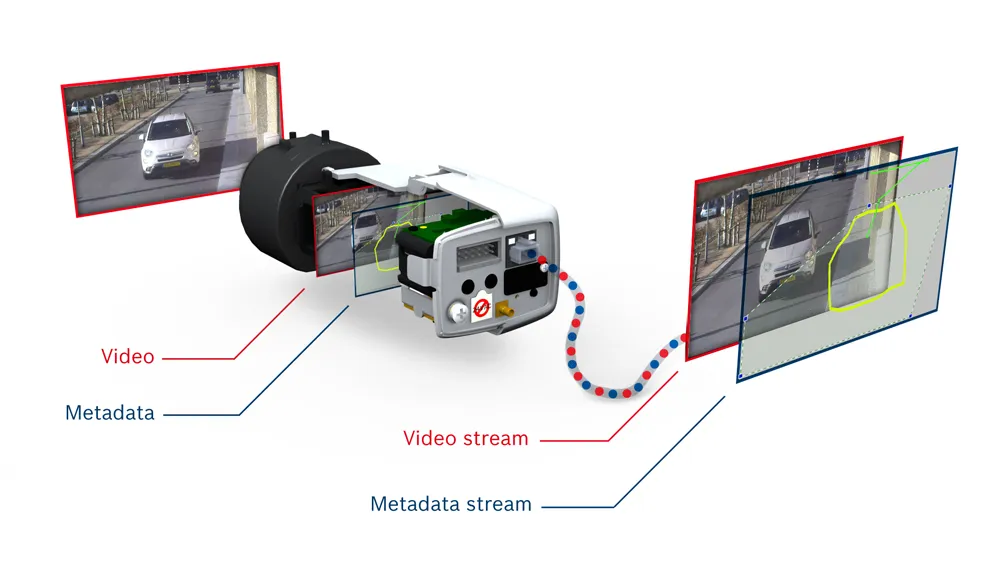TSS-Transport Simulation Systems is an ITS America partner this year at Pittsburgh and will be showcasing the Aimsun Online real-time decision support system for traffic management. Two high-profile traffic management projects using this system as their analytical engine are the award-winning Interstate 15 Integrated Corridor Management System (ICMS) led by the San Diego Association of Governments (SANDAG), and the Grand Lyon Opticities project in France, which offers standardisation for access to data and
May 1, 2015
Read time: 2 mins
TSS-2195 Transport Simulation Systems is an ITS America partner this year at Pittsburgh and will be showcasing the 7320 Aimsun Online real-time decision support system for traffic management. Two high-profile traffic management projects using this system as their analytical engine are the award-winning Interstate 15 Integrated Corridor Management System (ICMS) led by the 1789 San Diego Association of Governments (SANDAG), and the Grand Lyon Opticities project in France, which offers standardisation for access to data and integrates real-time traffic forecasting with existing municipal traffic regulation systems.
At the core of both projects is the configuration and implementation of a decision support system (DSS) using Aimsun Online. The DSS allows continuous predictions every five minutes, to monitor and anticipate congestion hot spots and launch evaluations of the available strategies to select the best response, therefore minimising congestion and guaranteeing more accurate journey times for both drivers and users of public transport. Matthew Juckes, Senior Project Manager at TSS-Transport Simulation Systems says, “The DSS gives system managers comprehensive awareness of the current and predicted performance of the entire area under study. Aimsun Online uses live data feeds and simulations to dynamically forecast traffic conditions based on the current state of the network, allowing system managers to evaluate incident response or congestion management strategies; they can take pre-emptive steps to prevent system breakdown using enhanced controls across devices such as traffic signals, ramp meters, and dynamic message signs.”
At the core of both projects is the configuration and implementation of a decision support system (DSS) using Aimsun Online. The DSS allows continuous predictions every five minutes, to monitor and anticipate congestion hot spots and launch evaluations of the available strategies to select the best response, therefore minimising congestion and guaranteeing more accurate journey times for both drivers and users of public transport. Matthew Juckes, Senior Project Manager at TSS-Transport Simulation Systems says, “The DSS gives system managers comprehensive awareness of the current and predicted performance of the entire area under study. Aimsun Online uses live data feeds and simulations to dynamically forecast traffic conditions based on the current state of the network, allowing system managers to evaluate incident response or congestion management strategies; they can take pre-emptive steps to prevent system breakdown using enhanced controls across devices such as traffic signals, ramp meters, and dynamic message signs.”









